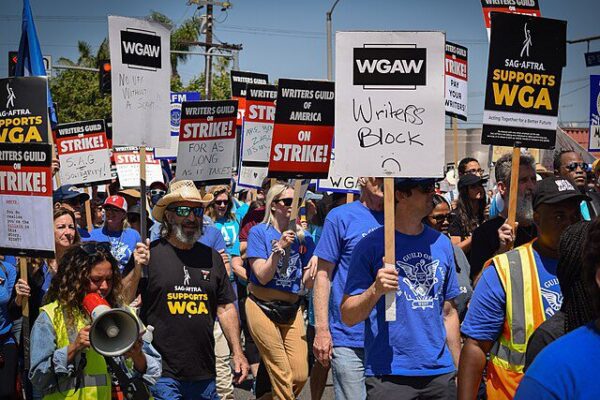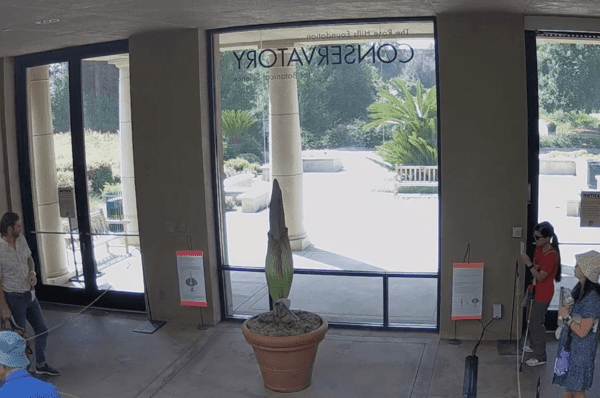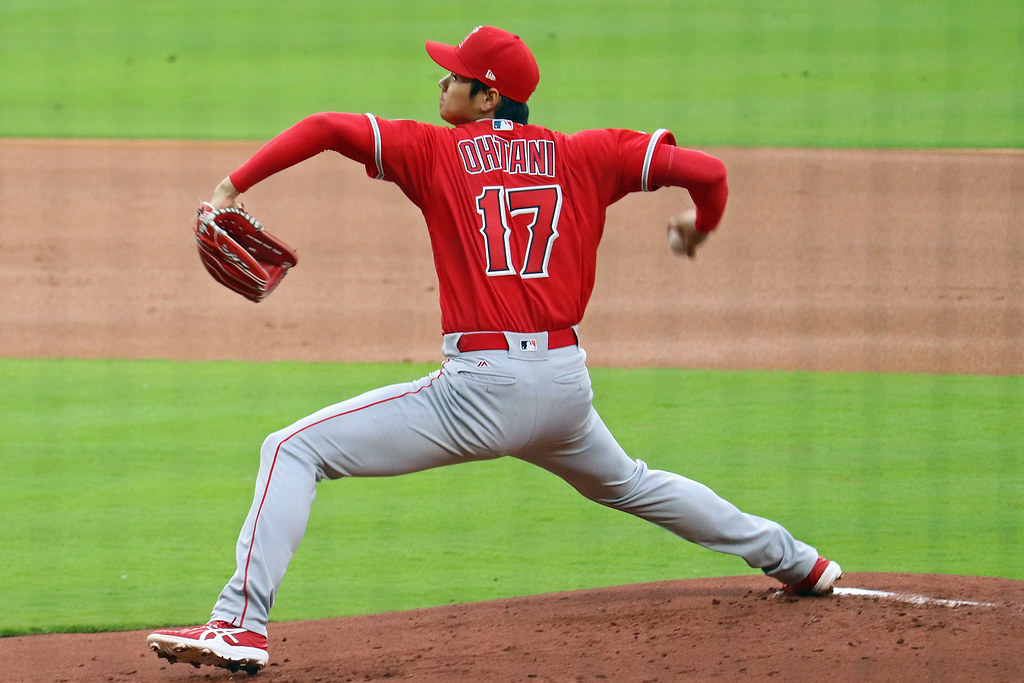The standoff between Hollywood studios and striking writers was intensifying Wednesday, one day after a meeting between union negotiators and studio heads failed to result in any movement toward a labor contract, and the union accusing studios of attempting to sow discontent among writers.
According to a message sent late Tuesday to Writers Guild of America members by the union’s negotiating team, union leaders met with representatives of the Alliance of Motion Picture and Television Producers and executives including Disney CEO Bob Iger, Warner Bros./Discovery CEO David Zaslav, Universal Chairwoman Donna Langley and Netflix CEO Ted Sarandos.
Union officials said they attended the meeting “in hopes that the companies were serious about getting the industry back to work,” but they were instead “met with a lecture about how good their single and only counteroffer was.”
“But this wasn’t a meeting to make a deal. This was a meeting to get us to cave, which is why, not 20 minutes after we left the meeting, the AMPTP released its summary of their proposals,” according to the WGA message to members. “This was the companies’ plan from the beginning — not to bargain, but to jam us. It is their only strategy — to bet that we will turn on each other.”
AMPTP officials released a statement to the Los Angeles Times, Variety and other select outlets Tuesday professing to be focused on resolving the strike and touting the benefits of the alliance’s counter-offer to union proposals.
“The offer recognizes the foundational role writers play in the industry and underscores the companies’ commitment to ending the strike,” according to the statement from AMPTP, which bargains on behalf of the major studios and streamers.
According to the AMPTP, the studios’ offer includes the largest pay bump for the WGA in 35 years, with an increase of 5% in the first year, along with bumps of 4% and 3.5% in the following two years.
The WGA had sought a 6% increase to minimums and residual bases in the first year, followed by 5% increases in the second and third years, according to the Times.
The studio offer also includes increased authority for showrunners to determine staffing in the writing room, along with extensive protections for writers against the use of artificial intelligence and increases in residuals for streaming programs. The studios have also agreed to provide details on streaming viewership numbers. The WGA has been pushing to tie compensation to those viewership numbers.
“Our priority is to end the strike so that valued members of the creative community can return to what they do best and to end the hardships that so many people and businesses that service the industry are experiencing,” AMPTP President Carol Lombardini said in a statement.
In its message to WGA members, union negotiators said that during Tuesday’s meeting, they “explained all the ways in which their counter’s limitations and loopholes and omissions failed to sufficiently protect writers from the existential threats that caused us to strike in the first place. We told them that a strike has a price, and that price is an answer to all — and not just some — of the problems they have created in the business.”
Union officials said they plan to release more details Wednesday about the studio’s offer and a “more detailed description of the state of the negotiations.”
The WGA went on strike May 2. They were joined on the picket lines by SAG-AFTRA actors last month, effectively shutting down all production.
The studios have generally said they want the WGA and SAG-AFTRA to agree to similar terms already approved by the Directors Guild of America, which includes a roughly 12.5% salary increase and an estimated 21% jump in streaming residuals, along with assurances that artificial intelligence will not supplant the duties of human beings.
More than 3,000 WGA and SAG-AFTRA union members participated in a rally in front of Walt Disney Co.’s Burbank office on Tuesday is a show of solidarity.







